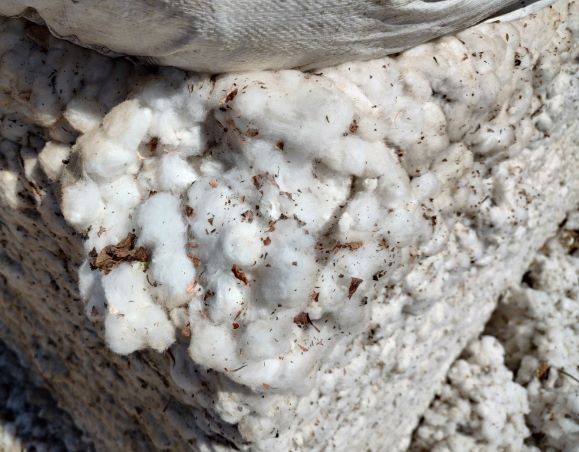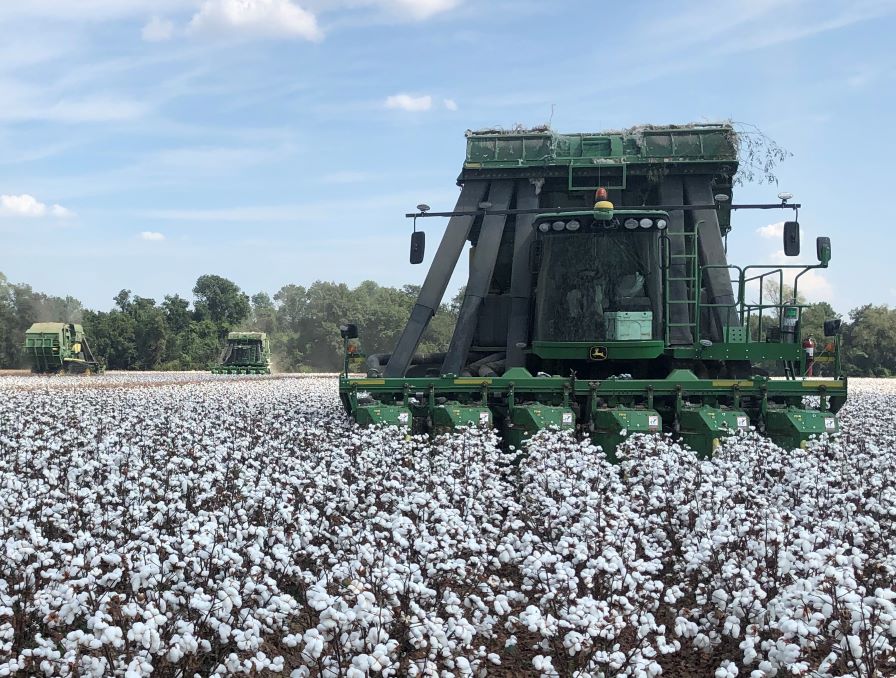Textiles Demand Expected to Improve by Q1 of 2025
Weak to moderate textiles demand hopes to show improvement by the first quarter of 2025.
Inflation, Chinese economy, tariffs on Chinese goods, ongoing conflicts in Eastern Europe and Middle East, and elections in major economies like United States, United Kingdom and India all influence textile demand.
Inflation will be one of the key issues that will be debated when President Biden and former President Trump meet face to face in the first presidential debate during this election cycle.
Inflation is still high in the United States, although the price of groceries and non-essentials is coming down. According to recent data from the U.S. Bureau of Labor Statistics, all items, less food and energy index, rose by 3.4% on a year-on-year basis. This shows that the inflation is still riding high and that a federal funds rate cut is not expected anytime soon.
While inflation has come down to the desired level of 2% in the United Kingdom, Bank of England is not expected to make rate cuts until November. In the United States, inflation is high, and although it has come down significantly from the 2022 level, it is yet to reach the 2% level. Given this scenario, the current federal funds rate at 5 1/4 to 5 1/2 is not expected to be cut soon (This view was highlighted by Michelle Bowman, member of Board of Governors of U.S. Federal Reserve System, in a recent talk at Policy Exchange in London).
Inflation has been coming down since its peak of 9.1% in 2022 and, if the price declining trend continues, the Federal Reserve must cut the rate as the inflation reaches 2%, which may not happen until the end of the year. Rate cuts are critical to increasing consumer confidence as they will enable a decrease in borrowing rates, enabling additional dollars in the pockets of consumers. Spending for textiles and non-essentials is dependent on this discretionary amount after taking care of essentials such as food, medicine, mortgage, and automobile payments.
With the decreasing trend in prices and four meetings of the Federal Reserve left this year – and given the desired level is reached by November – the Fed may cut rates so that the monetary policy is not restrictive. Also, by November, elections in the United States will be over, and clear economic and tariff policies will emerge.
Policies will be aimed at curbing Chinese imports to boost confidence in domestic manufacturing and supporting job growth. Both Biden and Trump are for tariffs against the flooding of cheap imported goods, but the approach and levels may vary. While there are analyses indicating tariffs may increase the cost of consumer goods, it is important that domestic manufacturing is strengthened, enabling high paying jobs so growth happens across different sectors.
On the effect of tariff regimes in the international space, tariffs imposed on Chinese EVs by the United States, Germany, and Canada affect the Chinese economy, which influences the global economy. In the mid-to-long term, economic policies in China need changes to boost domestic consumption. The 7-10% growth witnessed in the past two decades in China based on exports is not happening, and the growth is expected to be around 5%.
Shifting focus towards domestic consumption will increase the appetite for raw materials such as cotton, enabling more exports of cotton from the United States. If the Chinese government focuses on domestic growth policies, imports of raw materials for their different manufacturing sectors must increase to support growth in domestic consumption as well as exports.
The latest data indicates that the unadjusted price increase for apparel on a year-over-year basis in the United States is less than 1%, which is less than the overall inflation rate, indicating a positive trend enabling demand.
With the hope that the inflation will slide towards the desired level and tariffs on Chinese goods settles at a stable level, there will be revival of demand in textiles such as home textiles, and apparels.
All eyes will be on national banks like the Federal Reserve and Bank of England to see what happens with rate cuts in autumn. It is hoped that there will be demand enhancement of textiles and allied materials by the first quarter of 2025.









